
Cognitive behavior therapy What parents should know Beaming Health
Cognitive Behavioral Play Therapy uses CBT techniques in a fun setting, involving children in the process of change and problem-solving. The therapy model combines cognitive and behavioral theories, using evidence-based techniques in play therapy (Knell, 1993; Geraci, 2022).
/what-is-cognitive-behavior-therapy-2795747_FINAL3-c2628ba79a6c4434b6b2583085228541.png)
Cognitive Behavioral Therapy Cbt Definition Types Techniques Images and Photos finder
Cognitive‑Behavioral Play Therapy (CBPT) CBPT "is a part of cognitive-behavioral approaches aimed to dislodge and deactivate maladaptive social behaviors and phobia credited to dysfunctional thoughts and replace them with better ones" (Obiweluozo et al., 2021, p. 2).

Cognitive Behavioral Play Therapy Continuing Education Plymouth MN
Play therapy may include a variety of orientations and specific protocols, such as child-centered or cognitive-behavioral play therapy (CBPT), gestalt psychology, or Adlerian protocols [43-45]. CBPT is rooted in the evidence-based theory of CBT [ 43 , 44 ].
Cognitive Behavioral Play Therapy Basic The Play Therapy Training
Cognitive Behavioral Play Therapy (CBPT) is considered from a theoretical and practical perspective. By integrating cognitive behavioral interventions with play, CB treatment is accessible to young children. Modeling is used as a primary means of conveying such interventions and it is incorporated into play. The importance of considering child.

Go to the webpage to learn more about parenting values parentingadvice Cognitive behavioral
Role-playing, for example, is a technique widely used in play therapy that is also incorporated into such standard adult therapies as cognitive behavioral therapy. Creative writing, music, and art.
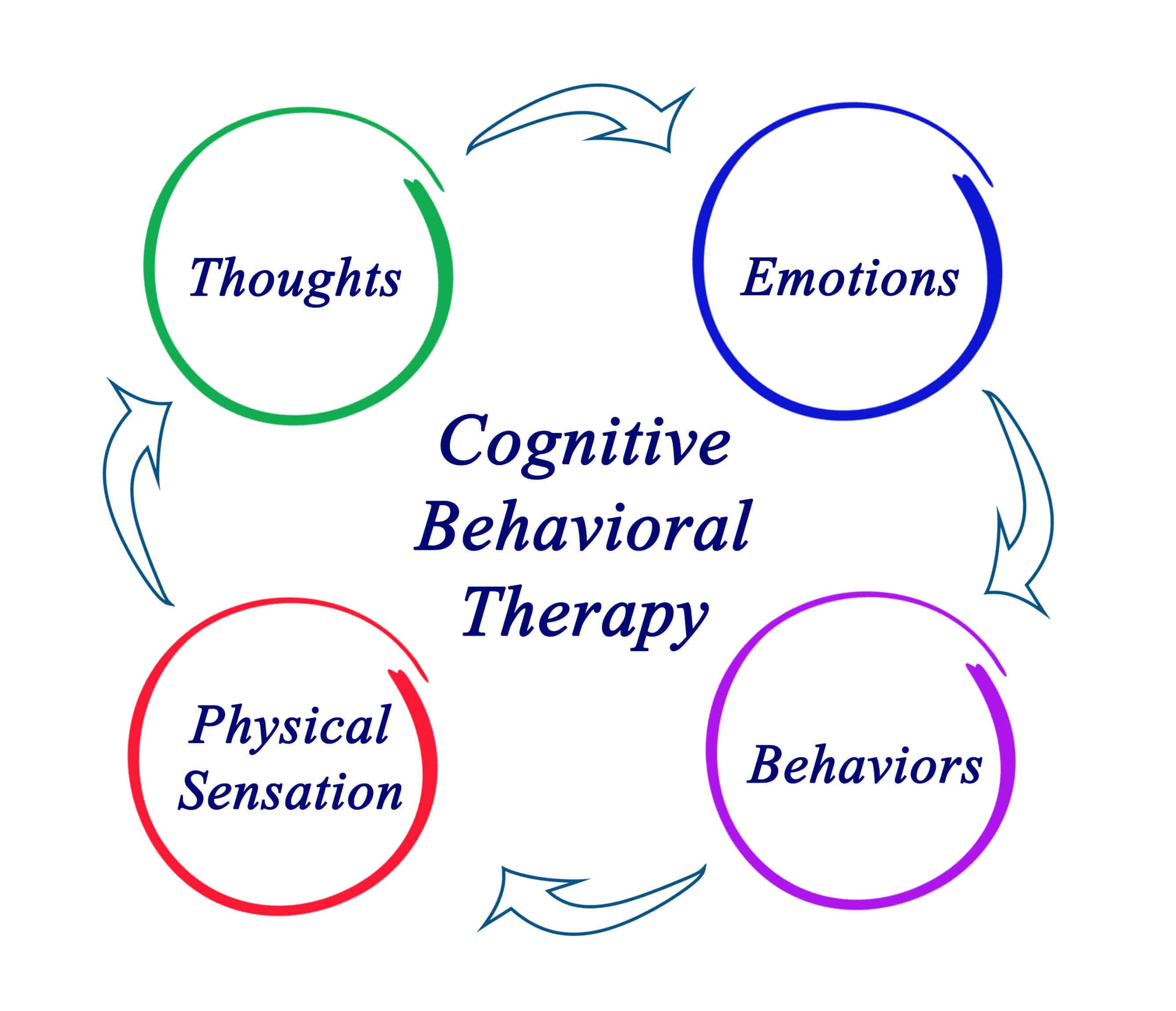
A Guide to Cognitive Behavioural Therapy CBT in London
Cognitive-behavioral play therapy (CBPT) is a developmentally appropriate treatment that has been developed and used with young children (3-8 years old). CBPT is based primarily on cognitive-behavioral theories of emotional development and psychopathology. The foundation of this approach is based on work of Aaron Beck (e.g., 1964, 1976). Behind cognitive-behavioral therapy (CBT) is the.
Cognitive Behavioral Play Therapy Advanced Recording The Play
Cognitive behavioral therapy (CBT) is a type of psychotherapeutic treatment that helps people learn how to identify and change the destructive or disturbing thought patterns that have a negative influence on their behavior and emotions. Cognitive behavioral therapy combines cognitive therapy with behavior therapy by identifying maladaptive.
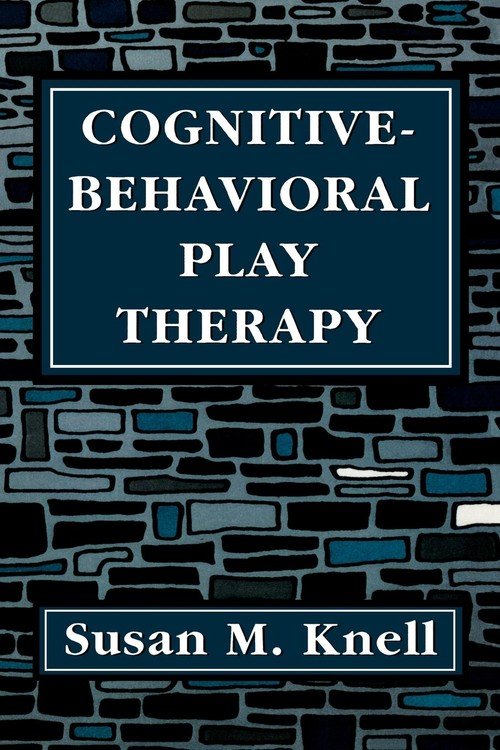
CognitiveBehavioral Play Therapy Knell Susan M. Książka w Sklepie
Cognitive-Behavioral Play Therapy (CBPT) incorporates cognitive and behavioral interventions within a play therapy paradigm. It provides a theoretical framework based on cognitive-behavioral principles and integrates these in a developmentally sensitive way. . . . CBPT differs from nondirective play therapy, which avoids any direct discussion of the child's difficulties. It has commonly been.

Cognitive Behavioral Therapy Cognitive behavioral therapy, Behavioral therapy, Dialectical
Play therapy seeks to balance the symbolic play with the linguistic expression, in a way appropriate to the children age and beneficial for them ( 9 ). Play therapy is widely used to treat emotional problems and behavioral disorders of children because it fully meets their unique developmental needs.
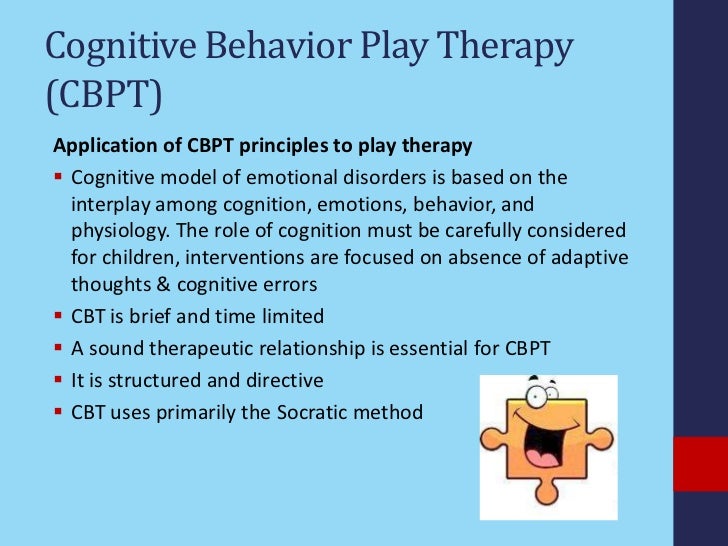
Cognitive Behavior Therapy & Children
Finally, the CBPT interventions are adapted to the developmental age of the child, that which are part of cognitive-behavioral therapy (CBT) interventions. So, in Cognitive Behavioral Play Therapy (CBPT), play is used as a means of communicating and teaching evidence-based techniques to children aged 3 to 8, indirectly and engagingly.
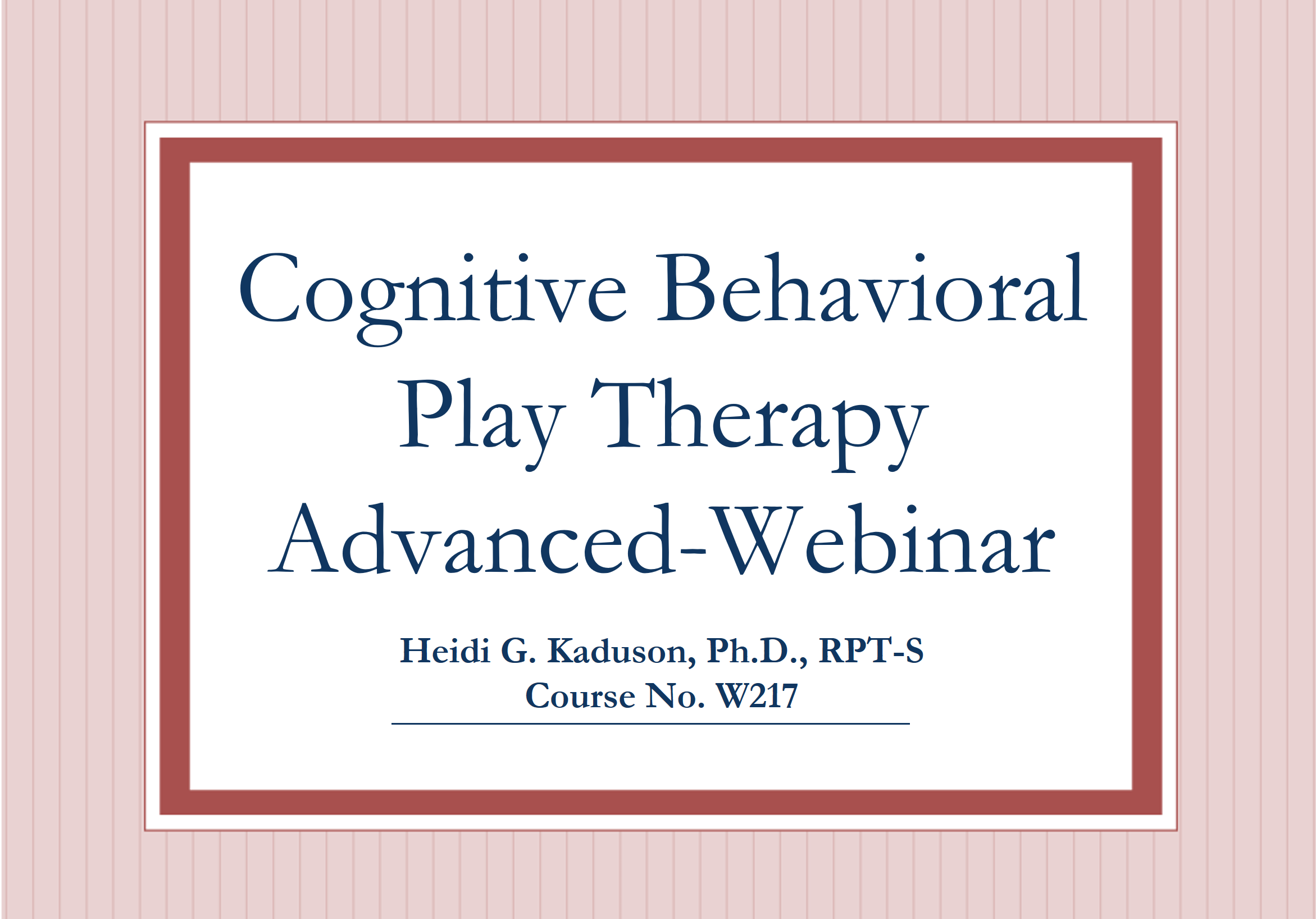
CognitiveBehavioral Play Therapy Advanced
Abstract. Cognitive-behavioral play therapy (CBPT) is based on cognitive and behavioral theories of emotional development and psychopathology, and on interventions derived from these theories. In addition to the cognitive-behavioral framework, CBPT is developmentally sensitive. It incorporates cognitive and behavioral interventions within a.
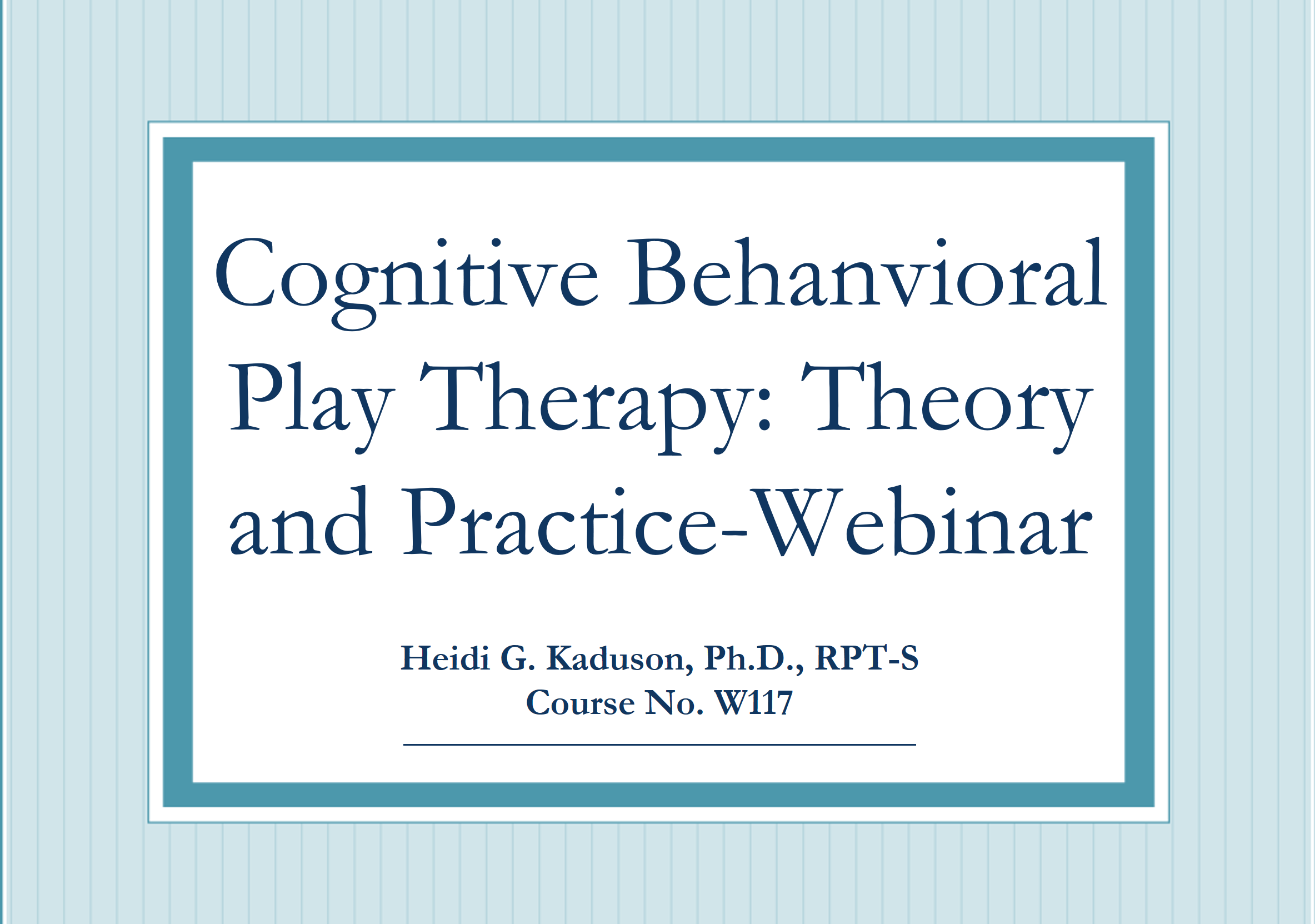
CognitiveBehavioral Play Therapy Theory and Practice
Maladaptive beliefs may play a role in the aetiology of nightmare disorder.. Guided internet‐based vs. face‐to‐face cognitive behavior therapy for psychiatric and somatic disorders: A systematic review and meta‐analysis.. Behavior Therapy, 41, 237-244. 10.1016/j.beth.2009.03.003.

Play Therapy with Explanation of Techniques YouTube
Cognitive Behavioral Play Therapy was developed by Susan Knell in 1998 who drew on influences of Dr. Aaron Beck, Dr. Albert Ellis, and Dr. Albert Bandura. Phases include introduction and orientation, assessment, the middle (or working) stage, and termination. Susan Knell developed the model to have both structured and goal oriented activities.

Unique Behaviour Therapy MindYog
Cognitive-behavioral play therapy: Theory and applications. In A. A. Drewes (Ed.), Blending play therapy with cognitive behavioral therapy: Evidence-based and other effective treatments and techniques (pp. 117-133). Hoboken, NJ: Wiley. 2009a [Google Scholar]

What is Cognitive Behavioral Therapy (CBT)? Bay Area CBT Center
In the 1960s, Aaron Beck developed cognitive behavior therapy (CBT) or cognitive therapy. Since then, it has been extensively researched and found to be effective in a large number of outcome studies for some psychiatric disorders, including depression, anxiety disorders, eating disorders, substance abuse, and personality disorders. It also has been demonstrated to be effective as an.
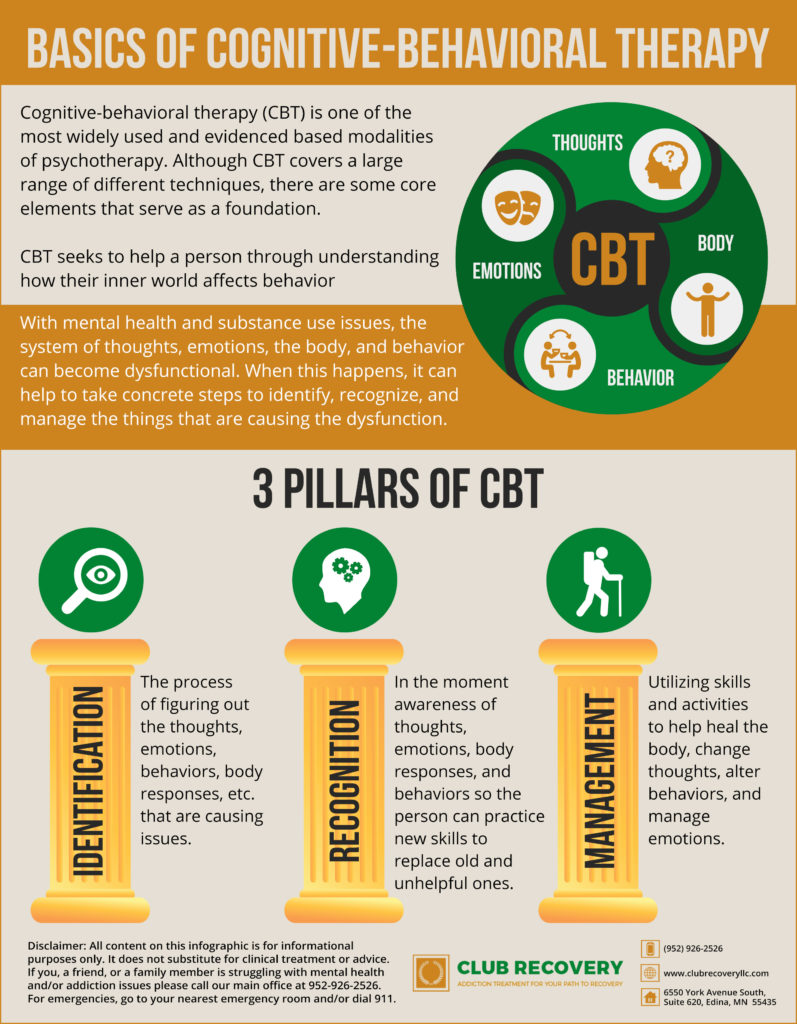
Basics of CognitiveBehavioral Therapy (Rehab Report Pt. III)
Cognitive-Behavioral Play Therapy Cognitive behavior therapy (CBT) is a structured, goal-oriented therapy with a strong rationale for its use with children and adolescents (Knell, 2009). The focus of CBT is deficits or distortions in thinking, which are postulated to interfere with appropriate social skills.